The Dallas Cowboys’ shocking decision to trade four-time Pro Bowl linebacker Micah Parsons to the Green Bay Packers for two first-round picks and defensive tackle Kenny Clark represents one of the most consequential franchise moves in recent memory.
This blockbuster deal fundamentally alters the Cowboys’ defensive identity and exposes deeper questions about the organization’s championship aspirations.
The trade’s immediate impact cannot be overstated.
Since 2021, the Cowboys boasted the NFL’s best defense by EPA per play with Parsons on the field, transforming into the league’s worst unit when he wasn’t playing.
Parsons had accumulated 52.5 sacks over his four seasons, becoming just the second player in NFL history alongside Reggie White to record 12 or more sacks in each of his first four seasons.
For Cowboys fans seeking value in their sports betting during this transitional period, examining the best sportsbook bonuses in this Goal.com article could provide additional insights into wagering opportunities as the team’s defensive prospects shift dramatically.
Reshaping the Pass Rush Strategy
The departure of Parsons forces defensive coordinator Matt Eberflus to completely re-imagine Dallas’s pass-rushing approach.
Previously centered around Parsons’ elite ability to generate pressure from multiple positions, the Cowboys must now rely on a by-committee approach led by veteran Dante Fowler Jr., and Sam Williams.
Fowler, despite his experience, managed just 10.5 sacks in his career-high 2024 season with Washington—less than Parsons averaged annually. Williams, returning from an ACL tear that cost him the entire 2024 season, adds uncertainty to an already depleted unit.
The depth chart reveals the challenge ahead: Marshawn Kneeland recorded zero sacks in 11 games as a rookie, while second-round pick Donovan Ezeiruaku represents potential rather than proven production.
Collectively, the five active defensive ends on Dallas’s roster have accumulated just 73 career sacks—barely more than Parsons alone contributed in four seasons.
Eberflus has acknowledged the scheme must adapt accordingly. “We’re also finding ways to create other mismatches,” he noted, though he admitted Parsons traditionally drew the majority of attention, freeing up teammates.
Without that focal point, the Cowboys’ historically elite sack rate and pressure-to-sack conversion rate will likely collapse.
DeMarvion Overshown: The Hope for Defensive Revival
Among potential replacements, linebacker DeMarvion Overshown emerges as the most promising candidate to fill the void, though his injury history raises concerns.
Before suffering a devastating knee injury in Week 14 of 2024—tearing his ACL, MCL, and PCL—Overshown had established himself as a breakout star with 90 tackles, five sacks, four pass defenses, and one pick-six in 13 games.
NFL personnel have ranked him as a top-10 linebacker when healthy.
However, Overshown’s injury timeline creates uncertainty about his 2025 availability.
After missing his entire rookie season with a torn ACL, the 25-year-old faces another lengthy rehabilitation. His potential return later in the season could provide a spark, but the Cowboys cannot rely on an injured player to anchor their defense from day one.
Strategic Pivot Toward Run Defense
Jerry Jones repeatedly justified the trade by emphasizing run defense improvement, pointing to Dallas’s 29th-ranked rushing defense that allowed 137.1 yards per game.
The addition of three-time Pro Bowl defensive tackle Kenny Clark addresses this weakness, though at significant cost.
Jones argued this move positions the Cowboys better for playoff success, claiming “this was a move to get us successful in the playoffs.”
Eberflus’s defensive philosophy aligns with this emphasis, historically prioritizing run-stopping and takeaway generation over pure pass rush. His defenses typically rank among the NFL’s top units in takeaways, having finished in the top 10 in all but one season between 2018-2024.
The scheme change from Mike Zimmer’s aggressive approach to Eberflus’s more conservative, gap-sound system reflects this strategic pivot.
Long-term Implications for Jerry Jones’ Management
The Parsons trade exposes fundamental flaws in Jones’s leadership approach that extend beyond football strategy. The breakdown in negotiations stemmed from Jones allegedly attempting to circumvent proper NFLPA protocols by discussing contract terms without Parsons’ agent David Mulugheta present.
When Parsons later rejected what Jones characterized as an agreed framework, the owner responded with months of silence and ultimately a vindictive trade.
This pattern reflects broader criticism of Jones’s management style.
An anonymous NFL agent recently described Jones as someone for whom “the game has passed him by,” questioning whether winning remains his primary objective.
The agent suggested Jones prioritizes “profits and headlines” over championship pursuit.
The trade’s timing—just days before the season opener—further demonstrates Jones’s reactive rather than strategic approach.
Having spent months publicly declaring he would be “all in” for 2025, Jones instead dismantled his defense’s centerpiece, creating new problems while claiming to solve existing ones.
Defensive System Uncertainty
The Cowboys face their third defensive system in three years under Eberflus, creating additional instability.
While Eberflus brings familiarity from his previous Dallas stint (2011-2017), the constant scheme changes prevent defensive players from developing consistency and chemistry.
The new system emphasizes lighter, more athletic personnel focused on “teamwork” rather than individual dominance—a philosophical departure from the Parsons-centric approach.
Mazi Smith’s weight fluctuations exemplify this uncertainty. After struggling at 328 pounds under Zimmer’s system, Smith has trimmed to 315 pounds for Eberflus’s scheme.
Such adjustments throughout the roster highlight the challenge of implementing yet another new system with diminished personnel.
Championship Window Implications
The trade effectively closes Dallas’s championship window for 2025 while hoping to reopen it in future seasons.
The Cowboys received two first-round picks projected to fall late in the round, given Green Bay’s expected continued success with Parsons. However, using premium draft capital to find another player of Parsons’ caliber represents a significant gamble.
As ESPN’s analysis noted, “You cannot bank on finding someone to take his place. He was the sure thing, and now, this defense is left looking barren.”
The trade represents the type of move teams make when they don’t believe they can contend immediately—a damning indictment of Jones’s confidence in his own roster construction.
The Cowboys’ defensive transformation from elite with Parsons to potentially league-worst without him creates an impossible burden for the offense. Projections suggest Dallas could allow the most points in the NFL during 2025, fundamentally altering their competitive equation.
This defensive collapse, combined with Jerry Jones’s problematic management approach, positions the Cowboys as a franchise moving backward rather than toward their elusive championship goals.



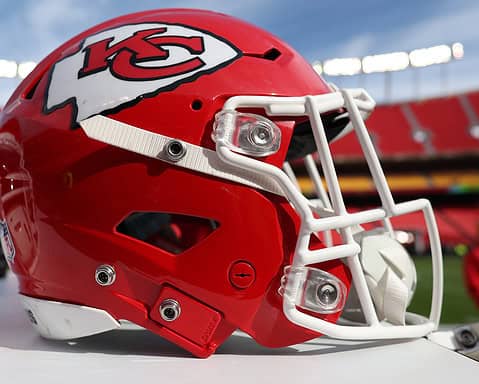
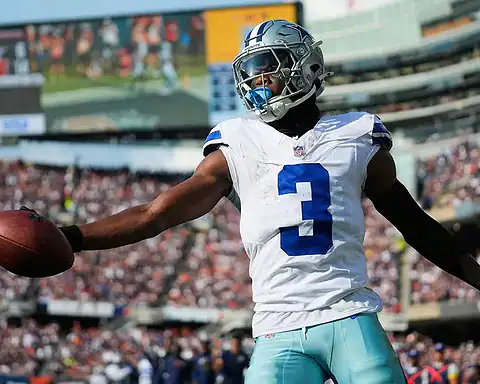
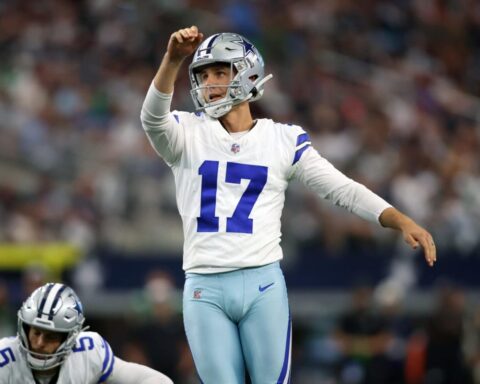
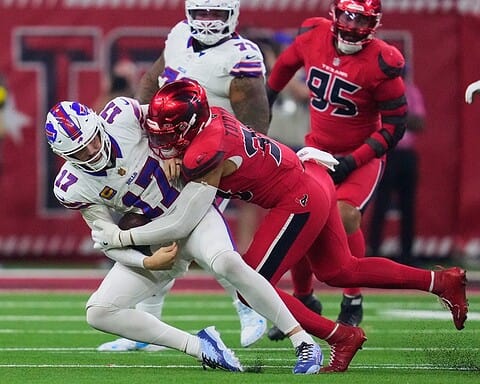
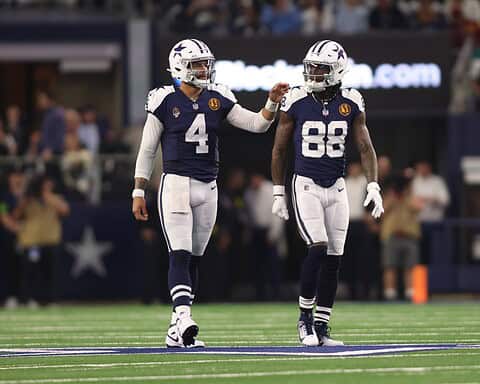

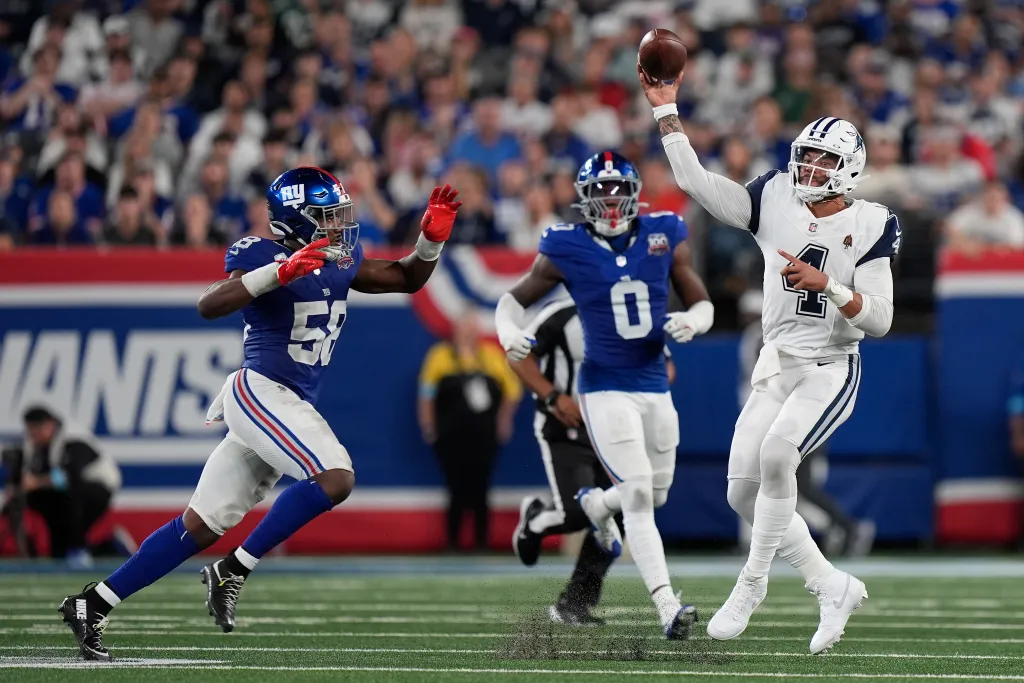
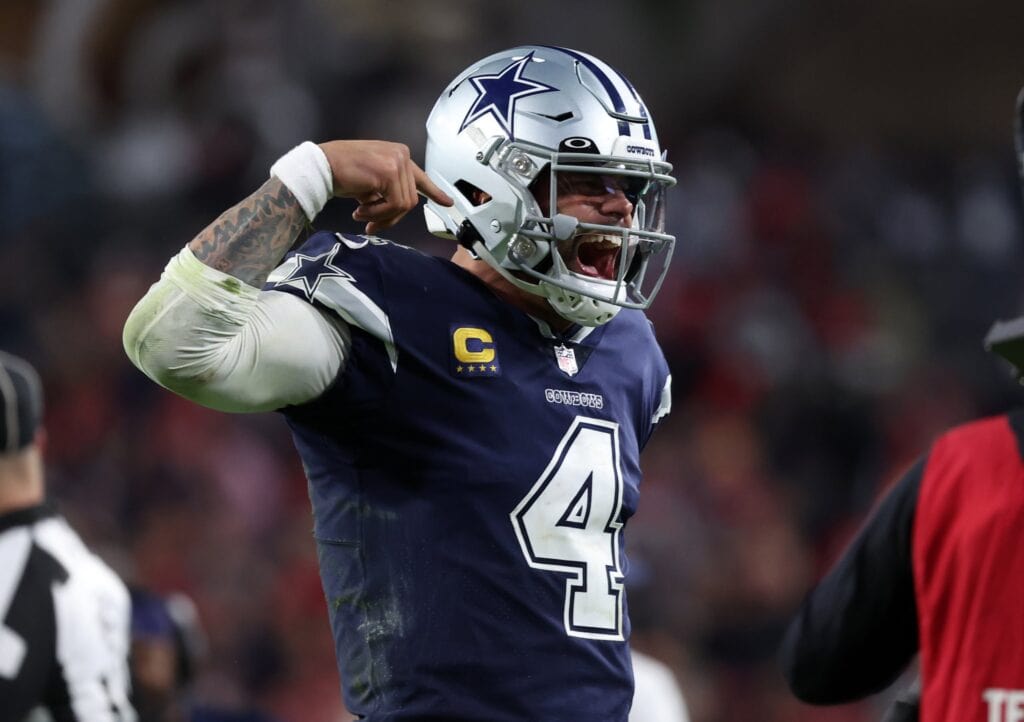
Jones at this stage in his life is about accumulating as much wealth as possible to provide for his rather large family’s legacy. Winning SB’s are just not in the cards for this elderly football owner. It’s been almost 30 years since he has been to the big dance, and with his tight control of football operations it has become an obsession with him to tie the fortunes of this team’s destiny to his own self absorbed ego. If he would just lessen his grip on the reins of the operation, hire a general manager with the autonomy to redirect the path of the organization then we might see a franchise succeed more often and appearing and winning playoff games. Oh, what I would give to see an ownership in the vein of a “Bum” Bright or a Clint Murchison.
I hate to repeat it, but I can’t help myself…Jerry actually is the reigning champion, I don’t know – 14, 15 years running.
“His” team is the most valuable sports franchise anywhere. The Giants, Redskins, Eagles, Yankees all can’t come close.
Jerry’s got 5 Superbowl Trophies and 3 gaudy rings, a yellow jacket and $12B.
He’s winning every year, competing against nobody. But he’s the champ!!
“Fowler, despite his experience, managed just 10.5 sacks in his career-high 2024 season with Washington…”
——
Just? Only 15 players “managed” 10.5 sacks last year. I stopped counting at 120 who “managed” less.
Dallas traded away a great player (who, like Lamar Jackson, hasn’t been great in the playoffs). This changes how the defense will put pressure on opposing quarterbacks. But let’s not pretend that a 10 1/2 sack season isn’t a significant achievement or that the chatter before the trade was that Dallas has a deep with potential group of pass rushers apart from Parsons. Maybe they won’t reach their potential this year or ever but if they had potential before the trade, they have it after.
when one single ego is more important than an entire team it is clear. This team and every player will need to reach deep inside and bring out whatever is inside them in desire and work and focus and super human play to overcome that one single ego to win championships. The fact is that one big ego will always always do stuff to disrupt or hurt play on the field without the team rising above it together and in spite of that one big ego.
a Dallas Cowboys fan, since the 70’s the Cowboys defense and the team will be more of a joke